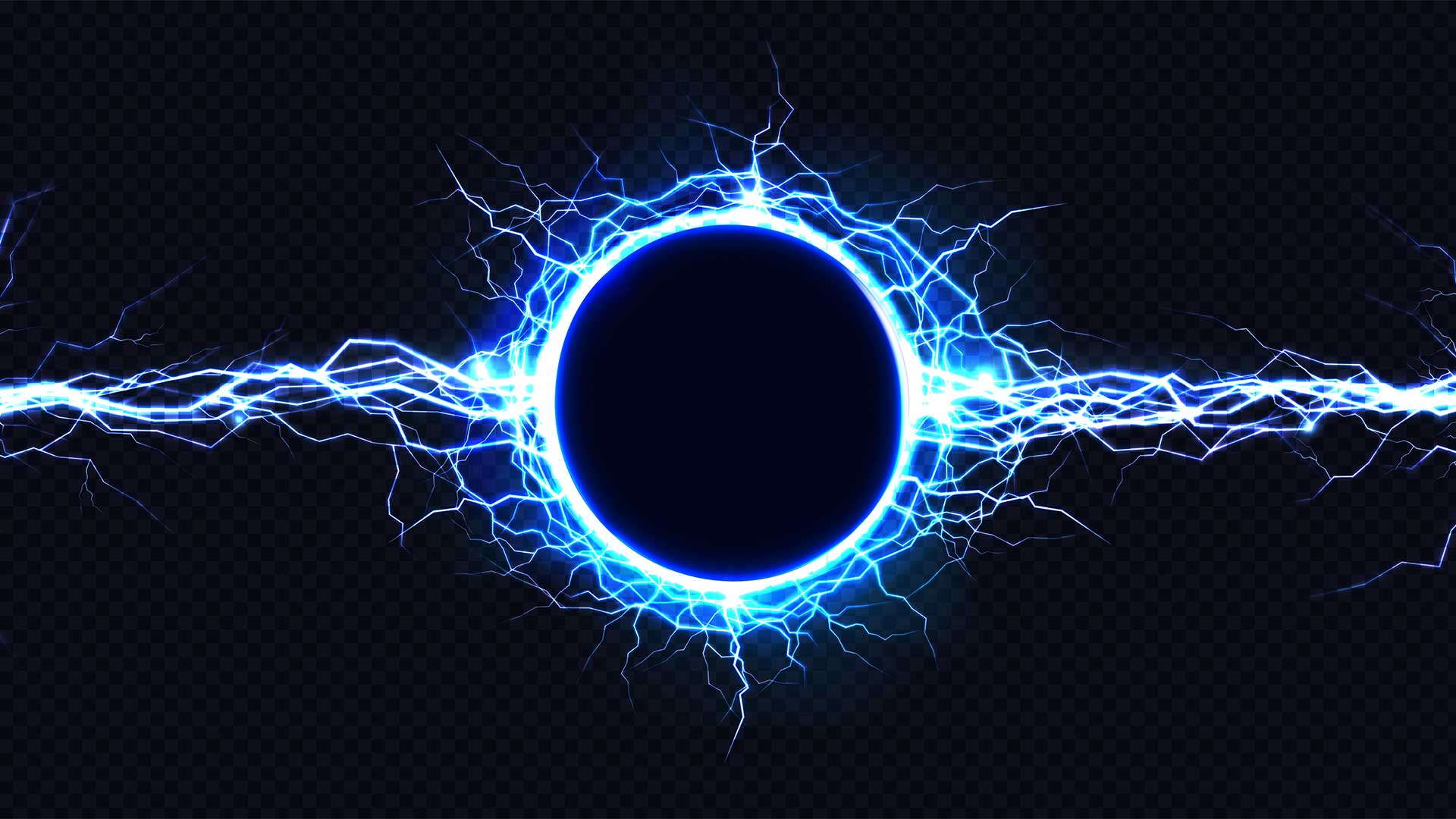Boron Superconductive
There is a lot of research into superconductive elements today. Metals formed from light elements are predicted to exhibit intriguing states of electronic order. Of these materials, those containing boron are of considerable current interest because of their relatively high superconducting temperatures.
Boron – which is normally not very electrically conductive – becomes a conductor when it is squeezed at high pressures. Scientists have found that 160 GPa (gigapascals) of pressure turn boron into a “super-metal” with no electrical resistance. They believe that the more tightly you squeeze the metal, the higher its transition temperature rises.
Superconductivity is a phenomenon of zero electrical resistance and expulsion of magnetic fields below a certain critical temperature. It was first discovered in mercury (Hg) by Heike Kamerlingh Onnes on April 11, 1911, while working at the University of Leiden in the Netherlands. Since then, superconductors have been found to occur not only in elemental metals but also in alloys such as niobium nitride.

Anomalous Boron as a superconductor
Hence. boron is a superconductive element when it is squeezed below 6 kelvin and at 160 gigapascals making its natural resistance to electrical current disappears. The temperature and pressure at which Boron changes its properties into a superconductor are called transition temperature and transition pressure respectively. Boron becomes as conductive as copper or aluminium when this happens!
The researchers discovered that this mechanism likely generates huge white dwarf magnetic fields when the transition temperature and transition pressures points are reached.
Boron’s ability to behave as either an insulator or conductor at different pressures leads it to some potential applications such as next-generation semiconductors.
The scientists found that the transition temperature of boron rose as their pressure increased. This is in contrast to other metals, which show a decreasing electrical resistance as they are squeezed at higher pressures. Boron’s unusual behavior could be explained by three factors:-
(a) it has fewer electrons than any other periodic-table element
(b) it is bulky and spin-polarized
(c) it has a low atomic weight
Superconducting boron allotropes are some of the most exotic states in condensed matter physics, as superconductivity usually requires temperatures close to absolute zero. Boron together in ices causes it to undergo a phase change from insulator to a conductor. This transition can also happen by doping graphene or diamond with boron atoms; this process makes them more versatile materials for future applications in electronics and quantum computing.
Transition in Boron-Doped Granular Diamond
A team of scientists and researchers squeezed boron in a diamond anvil cell to create ever greater pressures. They found that the transition temperature ̶ at which it becomes superconductive – rose as the pressure increased, instead of falling as one might expect.
Transition in Boron-Doped Graphene
Based on calculations and research, the properties of B-doped graphene under high pressure up to 380 GPa, B-doped graphene undergoes a phase transition from phase-α to phase-β at 6 GPa. Results show that the graphene sample becomes superconducting at low temperatures and exhibits strong magnetic field dependence.
heavily boron-doped silicon carbide
Superconductivity in heavily boron-doped bulk silicon carbide related to the diamond structure. The superconductivity of semiconductors comes to a point here. Charge-carrier doping of wide-gap semiconductors leads to a metallic phase from which upon further doping superconductivity can emerge. Boron doped silicon carbide exhibits zero resistivity and diamagnetic susceptibility below a critical temperature T c of ∼1.4 K, and an effective boron doping concentration higher than 10 21 cm -3. We present the H – T phase diagram of this new superconducting compound determined from AC susceptibility measurements and non-equilibrium Green’s function calculations.
Supoerconductors are further detailed in the Borates Today Advanced Energy Special Report.





